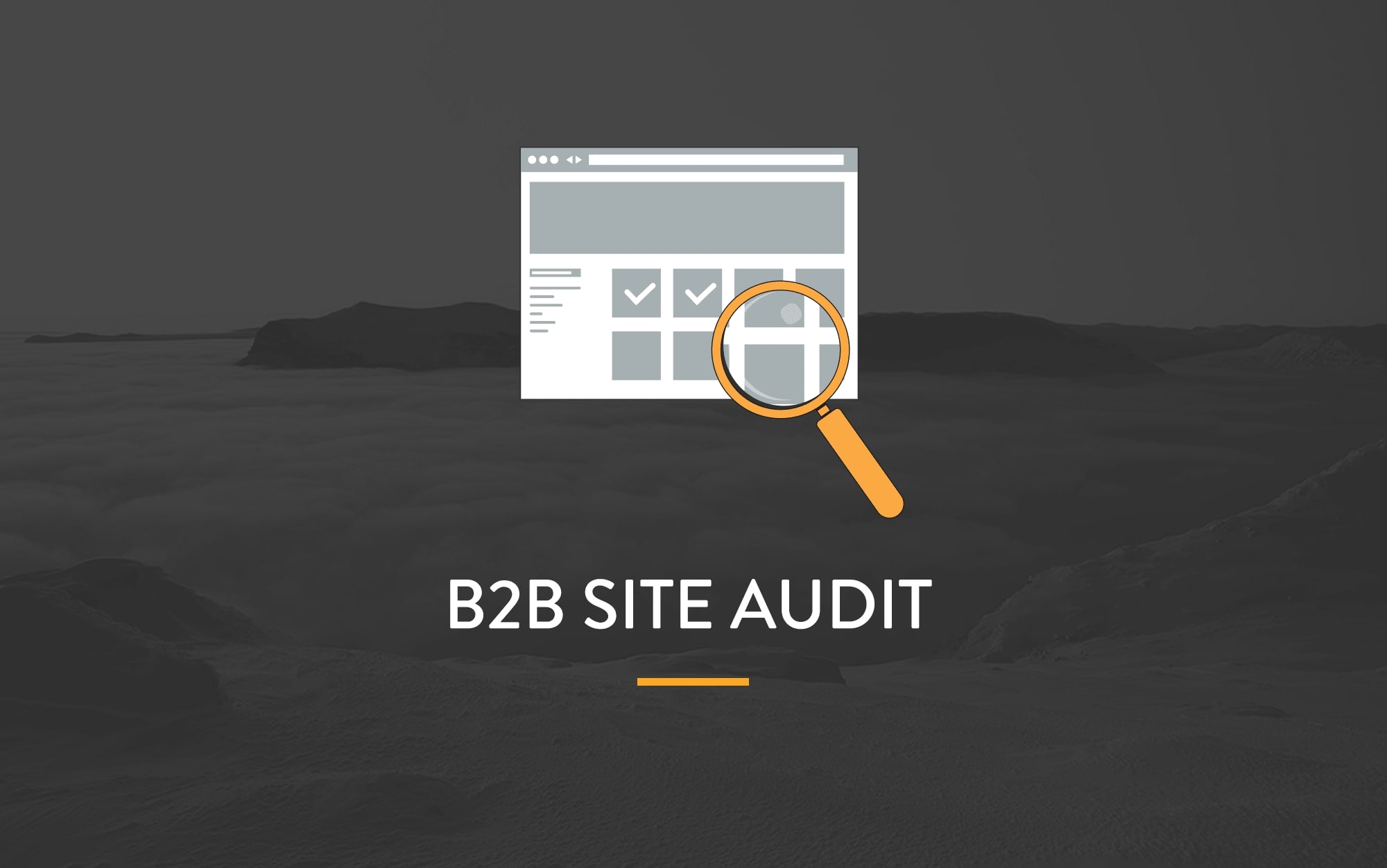There are many ways to optimisze your website performance. Yet, many websites ignore basic principles which cause potential customers to make purchases elsewhere. Let’s imagine walking into your local storefront. You open the door, you walk in, and the store is empty. A single sheet of paper lies on the floor saying: “Something went wrong. To reload, leave the store and enter again.” To your frustration, the door shuts behind you a second time with no merchandise or merchant in sight. That’s exactly what customers face when visiting a poorly performing eCommerce store for the first time. Even if the page loads at a slower rate, the site performance impacts your business. This is an important aspect to consider in the current crisis.
In this article, we will answer a few questions: What is website performance optimization? How does website performance affect my business? Lastly, What are some quick ways to improve or optimize my website’s performance?
What is website performance optimization?
Website performance relates to the speed at which your web page downloads or is displayed on a user’s desktop or mobile device. When seeking to improve your website performance, you will look at the measure of page load speed.
How does website performance affect my business?
As the introduction warned, your site’s load time decides the fate of your eCommerce success. Because having a less than satisfactory loading speed also eliminates precious leads from your pipeline with each wasted millisecond.
According to research by Google, both speed and bounce rate are closely related. When the speed of your website goes down, the bounce rate continues to go up. At a 1-second to 3-second loading rate, the bounce rate increases by 33%. And at a decrease from 1 second to 5 seconds the bounce rate increases to 90%. This will have a significant impact on the ability of your marketing and sales team to convert more leads.
In recent years, Google has put increased emphasis on site speed. In the current climate in 2020, customers have flocked to online stores and experts predict a lasting boost in eCommerce. Now is a great time to optimize your site or consider launching a new site to adjust to current market trends.
What are some quick ways to improve or optimize my website’s performance?
- Monitor Your Website Performance
- Optimise Image Files
- Delete Unnecessary Extensions
- Javascript Bundling
- Use Full Page Caching
- Enable CDN
- GZIP Compression
1) Monitor Your Website Performance
This may appear obvious, but how can you optimize or improve your website performance without gaining insight into your current performance metrics? Performance monitoring (PET) is the process of measuring how stable and responsive a system is under a particular workload. By using tools to monitor performance, you can ultimately increase performance and customer satisfaction.
Here are a few tools that can help you monitor your website’s performance:
Did you know that with Google Analytics Enhanced Ecommerce, you gain a standardized setup and insight into how your site is doing? You can even track and view product and sales performance, and understand how long it takes for a customer to complete a purchase. Click here to learn more from Vaimo Ecommerce Strategist, Peter Björnbom.
2) Optimise Image Files
Though optimizing image files can be done easily through sources like Adobe Photoshop or TinyJPG.com, many eCommerce merchants don’t compress or resize their image files before uploading onto their webpage. They end up with megabytes of images on their pages when an entire page should be less than 1 megabyte. So, using a trick or two shown below will help you get an extra burst of site performance.
Before uploading the image consider what the image will be used for and do not save the file as a GIF unless you’re animating the image. Secondly, when comparing the difference between saving the file as a JPG or PNG you should consider how you intend to use the image: a JPG is good for photos while a PNG can be used for logos. If you choose a JPG, avoid going below a 50% quality rating to prevent a recognizable quality downgrade. With PNG, also save as an 8-bit as opposed to 24-bit to further decrease the file size.
3) Delete Unnecessary Extensions
When it comes to resizing images, you should resize the image to the largest size needed and avoid making it any larger. You can do this through a tool like Photoshop, and then within your CMS, you will already be working with a smaller file size.
One of the first things you should do when assessing website performance is doing an audit of your existing website extensions. If you are using the Adobe Commerce (Magento) platform, experienced coders have worked to make sure that the platform is running efficiently. However, for third-party extensions, this might not be the case. Some of your added third- party extensions could be lowering your site’s performance.
Start by deleting third-party extensions, and then monitoring your site’s performance immediately afterwards. This could help give your site an extra boost.
Simply by moving your B2B business online, your business has already made huge strides forward in terms of its operations, sales and growth. But, now, you should consider doing a site audit to maximize your site’s potential. Take look at our B2B Site Audit article to learn about a few key areas to include in your next site audit and why it’s so crucial for the growth of your business.
4) Javascript Bundling
Javascript bundling is another technique used to optimize your site performance. As noticed in the heading title, the process consists of merging multiple Javascript files into one single file. If you bundle your Javascript files, you will lower the number of page requests and boost site performance.
Adobe Commerce (Magento) users can access more directions here. If you intend to bundle Javascript files, make sure that you turn on production mode and then enable the use of CLI (Command-line interface), which allows for rapid evaluation of code.
5) Use Full Page Caching
When using full-page caching, the site visitor has the option to load a previous version of your site. After enabling a past version, your potential customer will see the option on Google and will be notified about the opportunity to load a newer version of your site upon entry. Providing this option can improve site load speed by up to 80%. This quick-fix will allow your site to handle more traffic.
6) Enable CDN
If your visitors are mostly from China, and you are hosting in the United States then this might mean that your page load times decrease in speed. Through adding a CDN (Content Delivery Network), your servers will then link to a global server network. This means that the user views your site more quickly as they access a server closer to their location.
7) Gzip Compression
A standard industry practice, GZIP compression decreases file size to create a faster website load time for customers. When files are requested upon a user’s entry to your website, the bigger files will take more time to download.
While this process might require a little more knowledge and care, it can add to your website’s performance.
About Vaimo
Are you interested in further site optimization? If so, have you tried learning how to optimize your customer experience? Vaimo is one of the leading global digital commerce experts. We know what best in class customer experience looks like. We’ve helped create it over the past decade. Today, two-thirds of companies compete primarily on the basis of customer experience. If you’re not moving forwards, you’re moving backwards. We use it in our detailed advisory process to help your business leverage insights for data-driven decisions to generate more sales and reduce acquisition costs. Vaimo’s Customer Experience Rating is the key for you to not only move forwards but leap ahead of your competitors. If you would like to learn more, feel free to get in touch with us here.









